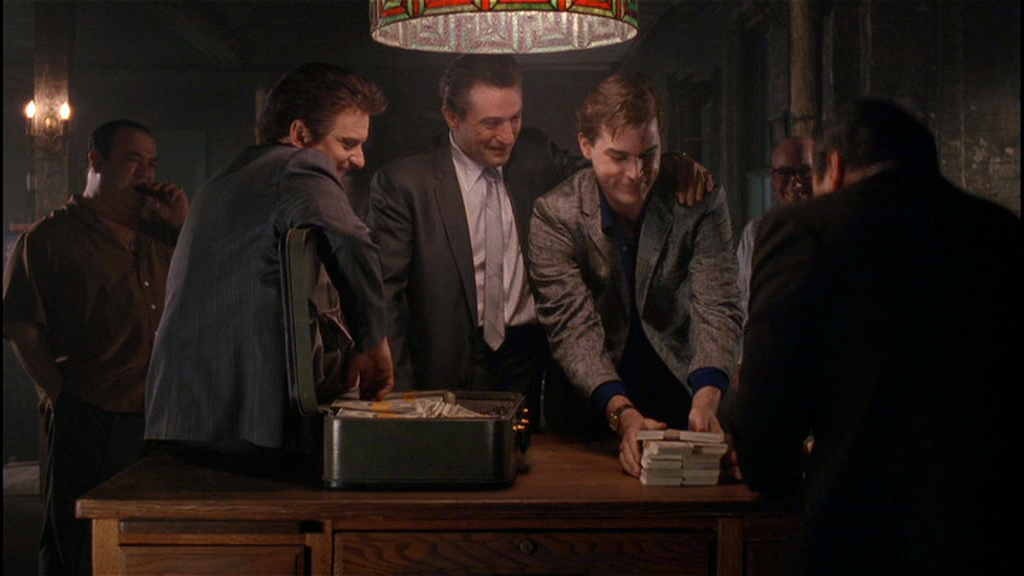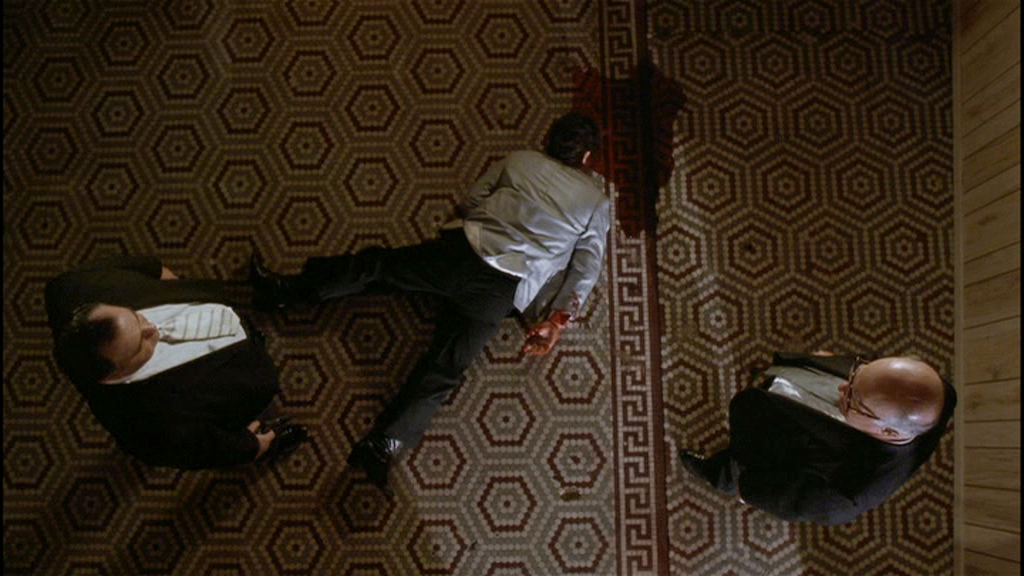Fresh Eyes: Goodfellas
Growing up under parents with tight control over the films I watched, it's not at all surprising that most of Martin Scorsese's work went unseen by my young eyes. There was always some curiosity in the back of my brain, however, as whenever discussions of directors and movies came up, someone was bound to mention Scorsese. I knew very little about his films, other than they were inappropriate for me as a kid, so Scorsese grew to be this mythical figure in my mind, someone who was spoken about in hushed tones, and with great respect. And then I saw Hugo in theaters - a film that both solidified my respect for Scorsese, and ignited my passion for cinema. Fast forward six years and my experience with Scorsese has increased, having seen The Wolf of Wall Street and Mean Streets, which have prepared me to sit down and watch Goodfellas.
Goodfellas is a stunning example of quality filmmaking, and Scorsese delivers a compelling mob story, one which I think stands tall next to the likes of The Godfather. The film follows Henry Hill (Ray Liotta) as he grows older and climbs his way up through the mob hierarchy. As a child, he starts off just parking cars and running deliveries, but by the time he is an adult his is brought in as an official part of the mob. Henry, in order to save his own life after ending up in prison and disobeying the boss' orders, enters witness protection and turns on his partners in crime, offering them up in exchange for his own freedom.
While the thrust of the story is fairly simple, the film seems more focused on the various interactions between the characters, rather than telling a grand story full of twists and turns. A lot of the joy in watching Goodfellas comes in how the characters bounce off of each other. Ray Liotta is at times both slimy and sympathetic, which makes him an interesting focal point for the film. Similarities can be drawn between Henry Hill and Jordan Belfort in The Wolf of Wall Street, but I found Henry to be a much more compelling and character, as he does apparently care enough about his family to protect them and bring them into witness protection with him. Robert DeNiro is great as Jimmy Conway, giving a stoically menacing performance, which contrasts sharply with the award-winningly outrageous performance Joe Pesci gives as Tommy DeVito. Pesci's performance is the most entertaining one in the entire film, and explains why I first heard of him as "Crazy Joe Pesci."
A lot of elements in Goodfellas can be seen reflected in The Wolf of Wall Street. As previously mentioned, Henry and Jordan share some striking behavioral similarities, such as a short fused and violent temper and a cocaine habit. The voiceover serves a similar role in both films, and the subject matter, while obviously not identical, characterized in a very similar fashion. However, what puts Goodfellas above Wolf is, in my opinion, is the use of color to underline the actions happening on screen. At the start of the film, all of the colors are bright and vibrant, emphasizing the excitement and hopeful way Henry looks at life with the mob. When Henry, Tommy, and Jimmy are discussing criminal activities in restuarants, or when they are out disposing of corpses, they are bathed in red light, underscoring the sinister nature of their actions. In the latter half of the film, everything takes on a colder, greyer tone to it, which ties into Henry's growing distance from the mob, everyone he grew up working with, and his family.
At this point, I shouldn't even be surprised that Scorsese puts out films that are at the peak of what can be done in the medium. But every time I see one of his films for the first time, I am stunned by the artistry on display. Goodfellas ranks among the best of the best, and is well deserving of the status it has achieved. Hopefully, Scorsese never slows down, and puts out work of this quality for the rest of his career.





